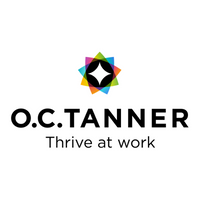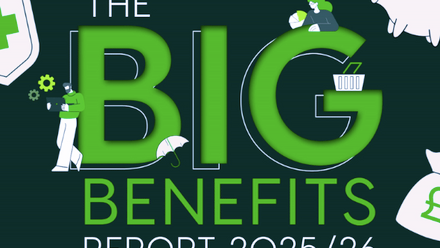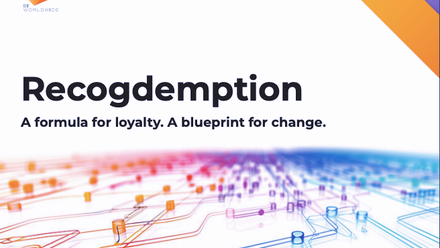Why creating 'peak' moments at work to fuel employee engagement and wellbeing is so important

Research shows that reward professionals need to focus on the personal, every day, career-defining, micro-experiences that shape life at work, rather than on high impact but low frequency experiences, such as the once or twice-a-year HR initiative. But surely this is more easily said than done? After all, HR can’t be everywhere at once, influencing every employee interaction throughout the day. The key is to recognise the importance of micro-experiences, such as emails and one-to-ones, but look to create regular ‘peak’ moments at work. Workplace cultures that provide positive or ‘peak’ employee experiences have highly engaged employees with a greater sense of wellbeing.
The majority (92%) of workers describe their employee experience as their “everyday” experience – the countless day-to-day workplace encounters that influence how staff feel and behave. Leaders with a strong and healthy culture can, in some part, influence these day-to-day experiences, however creating memorable and very positive ‘peak’ experiences can have the greatest impact.
Workplaces that provide ‘peak’ moments (instances that are joyful and energising) are 13 times more likely to have highly engaged employees and are three times less likely to have employees experiencing moderate to severe burnout. In fact, a single ‘peak’ experience at work, such as receiving a piece of recognition, has a positive impact of about four weeks on an employee’s perspective of their company, helping to counteract any negative or ‘valley’ experiences an employee may encounter.
Here are our top tips to create impactful ‘peak’ employee moments and reduce the number of negative ‘valley’ experiences.
Treat employees as individuals
Everyone is different and must be treated as such. By getting to know every employee, including their likes and dislikes and what makes them tick, will allow leaders to create valuable connections which will inevitably lead to more positive employee experiences.
Build-in one-to-ones
Although sometimes viewed negatively, when done well, the one-to-one is key for better understanding employees, gaining valuable feedback, addressing any workplace issues and giving out recognition.
Be on burnout alert
Employee burnout is impacting 79% of employees in some form or other, and so leaders must look for signs of burnout among their teams. Consider how aspects of the company’s leadership style or culture might be depleting employees of their energy and enthusiasm, and try to address these quickly. Also consider how to positively impact staff wellbeing such as through showing gratitude or providing staff with new and exciting development opportunities.
Ensure psychological safety
Ensure leaders look to mitigate any circumstance that might make an employee feel psychologically unsafe. After all, if any employee feels isolated, unsupported and psychologically unsafe at their place of work, it’ll be very difficult for them to experience a ‘peak’ moment.
Make recognition part of the fabric of the company
Ensure showing appreciation and giving out recognition is part of the day-to-day workplace culture. Also, train leaders on the importance of recognition, its positive impacts and how to give it out effectively.
Encourage active listening
Actively listen to understand people. Don’t just ask for feedback by ‘ticking a box’ or employees will feel they don’t have a voice and their opinion doesn’t matter.
Be leadership savvy
The best, most inspiring leaders collaborate, provide mentorship, display humility and support their teams. By encouraging a model of shared leadership, this creates the foundations for positive employee experiences.
The employee experience has become a major focus for organisations worldwide, and far from being ‘intangible’, leaders and HR professionals alike can influence it considerably. By focusing on creating ‘peak’ moments on a regular basis, and taking the employee’s point of view rather than a top-down approach, organisations will fuel high levels of engagement and a strong sense of wellbeing.
All statistics and research findings in this article are taken from The O.C Tanner Institute’s 2020 Global Culture Report.
The author is Robert Ordever, MD of O.C Tanner Europe.
This article is provided by O.C Tanner Europe.
Supplied by REBA Associate Member, O. C. Tanner
Giving teams the integrated tools they need when, where and how they need them.







